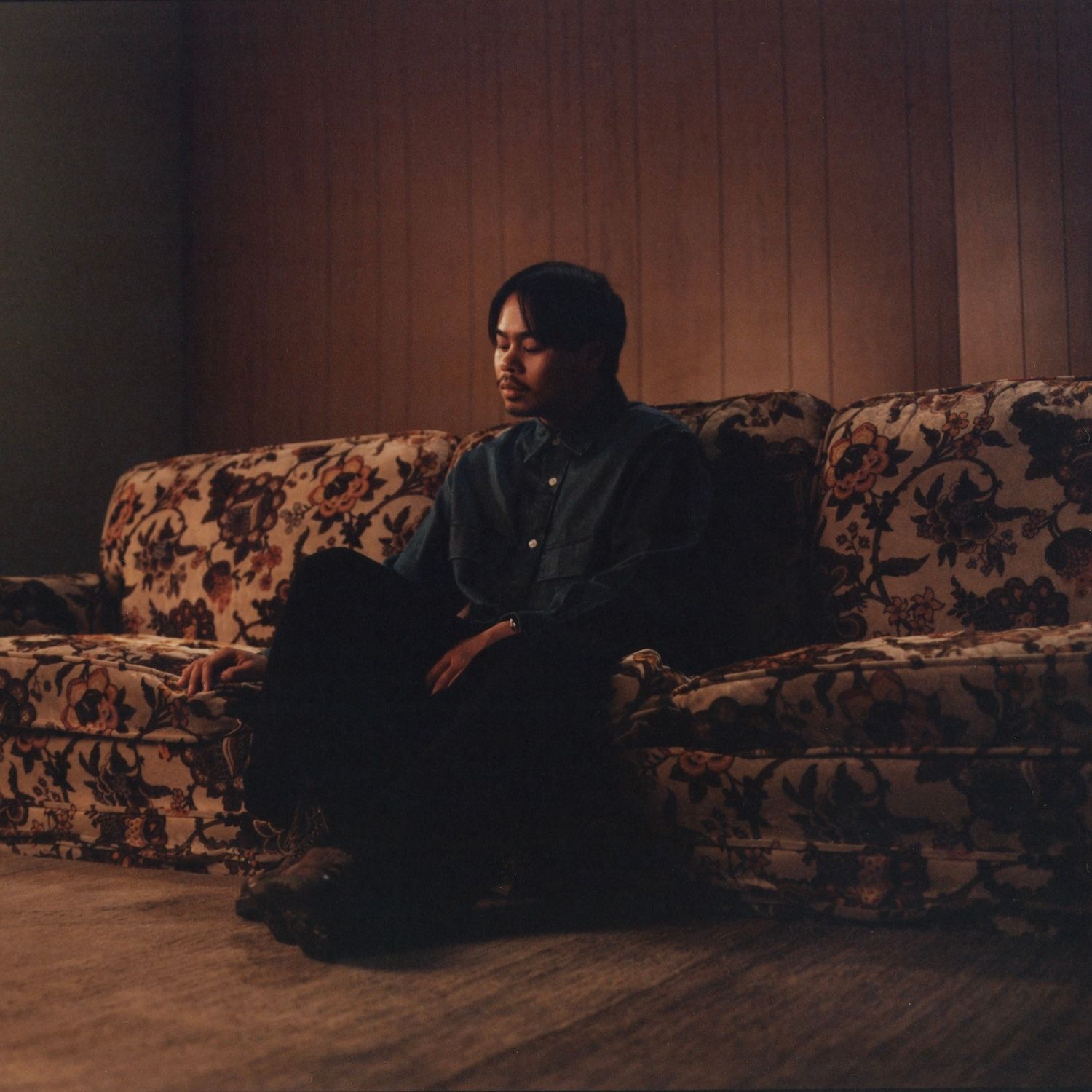For several years, the fashion business has progressed into the metaverse realm. Digital fashion, such as virtual exhibits and avatar ambassadors, is no longer just a novelty but rather a glimpse into the industry’s future.
NFTs (non-fungible tokens) is primarily to thank for this since they have proven to be very popular due to their emphasis on owner exclusivity. These NFTs typically take the form of music videos, artworks, or even unique GIFs. Nevertheless, during the past several years, the fashion sector has discovered itself at the center of this phenomenon.
Many people are familiar with crypto in the world of sports and gambling. Online casinos have embraced digital currencies. For example, Australians can now play various games at Ignition crypto casino and pay using bitcoin.
The reason for using crypto is because of the many advantages that come with it, such as fast and easy deposits. You can also play at a live casino and enjoy a variety of games and at the same time earn real money. For now, let’s look at if there is a bright future for the growing field of crypto-fashion.
Blockchain Technology
In contrast to the traditional model, in which designers of clothing and fashion accessories work in a dedicated space, the blockchain may now serve as both a design workshop and a retail outlet, allowing users to employ cutting-edge technology to produce NFTs and sell them on the network.
These outfits are intended for usage just in digital environments and cannot be physically worn. Decentraland is a virtual environment where users can create and market their apparel for avatars. Some artists have made roughly $20,000 in a span of just three weeks.
In a similar vein, a virtual fashion week has been held by the crypto community. This happened in the middle of 2021 and involved a packed online program of exhibitions, conferences, and interactions with individuals from around the metaverse. It joined the tech and design communities, and Kuki, a transhuman AI-powered speaker, gave a discussion.
The goal was to raise awareness of the legitimacy of digital fashion and its potential to make a difference in the impending Web3 era. Although there are still detractors, this fashion week demonstrated that the idea is overwhelmingly popular.
In the coming years, the interest in cryptocurrencies is expected to soar to greater levels, resulting in a significant increase in the number of individuals willing to invest in the virtual fashion sector. Bitcoin and Ethereum, two leading cryptos, are expected to see their prices soar to new heights.
What Purpose Does Digital Fashion Serve?
Naturally, some people may find the idea of digital fashion perplexing. What makes an individual spend so much money on apparel that they can’t even wear? The growth of the online fashion sector is a direct outcome of social networking sites, claims Lady Phoenix, a pioneer of NFT culture.
Some fashionistas no longer feel the need to get all dolled up for public display. As the influence of fashion grows through online networking “likes,” more people are opting to dress their virtual selves instead of themselves in the latest trends. As she put it, “it could also be anything virtual because the environs are virtual environments” if an individual is going to dress something to show it off on social media.
Because the entire process of making a digital garment is documented on the blockchain, not only are manufacturing, production, and disposal expenses eliminated, but the designer also gains greater freedom of speech and expression, transparency, and legitimacy.
Does Crypto Have a Future in the Fashion and Art Industry?
Inevitably, the next stage of Web3, as was previously said, will produce a world dependent on a decentralized, all-encompassing internet. Finance and the fashion industry are only two examples of the numerous industries that will eventually have their processes digitized and brought into the metaverse.
Insightful innovation has always been a hallmark of the fashion business, and the past few years have indeed served to cement that reputation. Inventors and artists have, in a sense, boarded the trend train prior to it having left the station. As blockchain technologies continue to improve in terms of efficiency, sustainability, and security, they will continue to gain traction among designers looking to make a name for themselves.
Conclusion
It’s not all bad news for individuals who place their ultimate hopes on wearing the latest trends in their physical form. The fashion industry’s increasing influence on cryptocurrency’s long-term trajectory bodes well for the sector’s future as a whole, as more resources and focus are directed toward it. In a metaverse that is still in the process of discovering itself, it isn’t easy to make predictions about the future. However, based on what we know thus far, we may safely assume that it will be stylishly attired.




